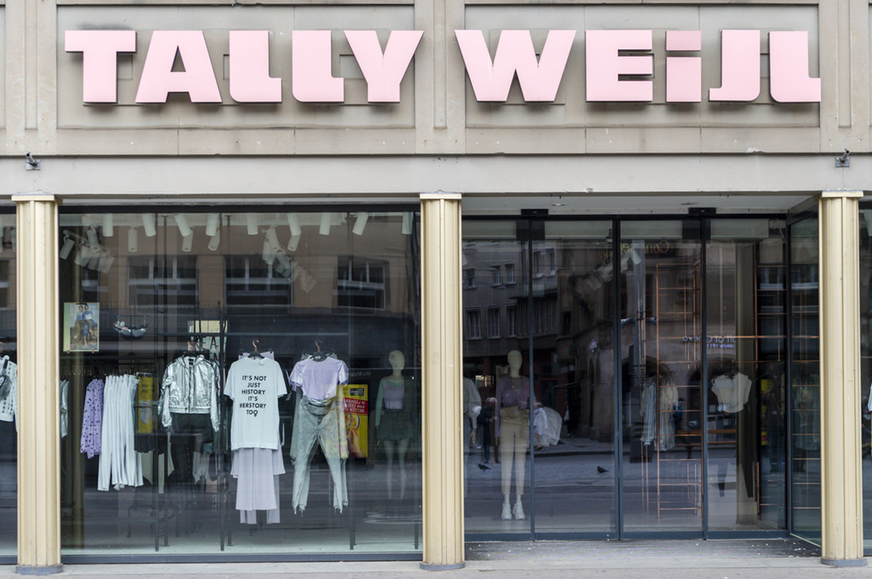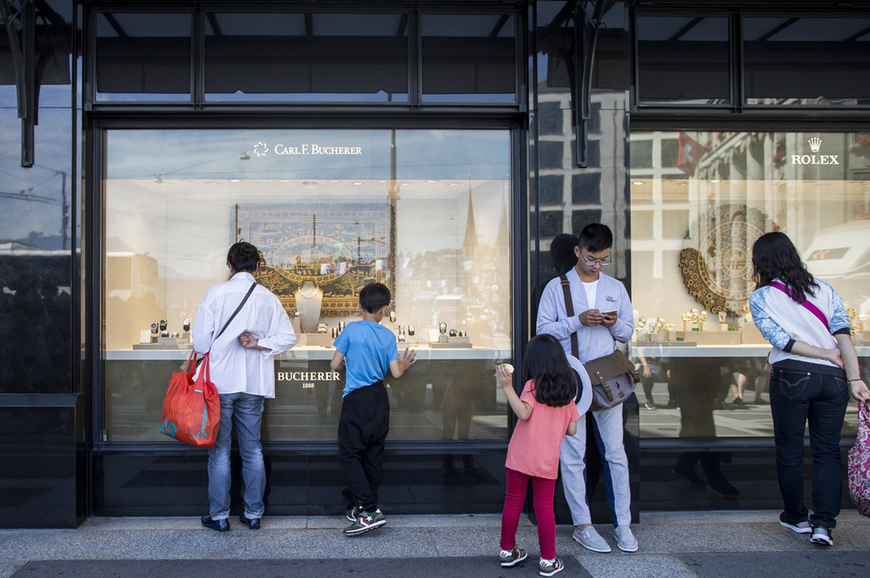A worker stacks goods at a warehouse belonging to the pharmaceutical industry service provider Alloga in Burgdorf, canton Bern, on March 4, 2020. © Keystone / Christian Beutler Government economists say the impact of the pandemic in Switzerland is slightly less severe than previously feared. This is partly thanks to the mix of industries in Switzerland and the decision to rapidly lift coronavirus restrictions, according to the State Secretariat for Economic Affairs (SECO). “In the second quarter of 2020 gross domestic product (GDP) experienced its sharpest decline since the quarterly figures were first calculated in 1980,” SECO said in a statement on Monday. GDP was down by 7.3% in the second quarter, compared with a forecast of 8.2% in June. But SECO said the
Topics:
Swissinfo considers the following as important: 3) Swiss Markets and News, 3.) Swiss Info, Featured, Latest News, newsletter
This could be interesting, too:
Eamonn Sheridan writes CHF traders note – Two Swiss National Bank speakers due Thursday, November 21
Charles Hugh Smith writes How Do We Fix the Collapse of Quality?
Marc Chandler writes Sterling and Gilts Pressed Lower by Firmer CPI
Michael Lebowitz writes Trump Tariffs Are Inflationary Claim The Experts

A worker stacks goods at a warehouse belonging to the pharmaceutical industry service provider Alloga in Burgdorf, canton Bern, on March 4, 2020. © Keystone / Christian Beutler
Government economists say the impact of the pandemic in Switzerland is slightly less severe than previously feared. This is partly thanks to the mix of industries in Switzerland and the decision to rapidly lift coronavirus restrictions, according to the State Secretariat for Economic Affairs (SECO).
“In the second quarter of 2020 gross domestic product (GDP) experienced its sharpest decline since the quarterly figures were first calculated in 1980,” SECO said in a statement on Monday.
GDP was down by 7.3% in the second quarter, compared with a forecast of 8.2% in June. But SECO said the authorities’ decision to rapidly end coronavirus lockdown restrictions in June and the economy’s “industry mix” had helped prevent an even more drastic slump in GDP.
The chemical and pharmaceutical industries – two of the biggest sectors – increased in value by 0.3% in the second quarter, stabilising the result for the manufacturing industry as a whole (down by 10.3%).
But they were not enough to offset heavy losses in other sectors. The hotel and catering sectors, for example, fell by 50.4% in the second quarter compared with the first quarter. The arts, entertainment and recreation sector was down by 38.7%.
Consumer spending slump
Demand fell across the board. Consumer spending slumped by 8.1% following the closures and strict restrictions put in place to fight the pandemic. Meanwhile, investment in equipment and software also contracted sharply by 10%.
Figures were revised up for exports of goods (-9.4% to -6.5%) and services (-15.9% to -15.3%). These sectors have been hit by abrupt falls in demand from abroad.
The overall economic output this year is now expected to be 5% lower than in 2019, compared with a 6.2% forecast in June. The unemployment rate ( previously expected to be 3.8% by the end of 2020) is now predicted to be 3.5%.
Tags: Featured,Latest news,newsletter








